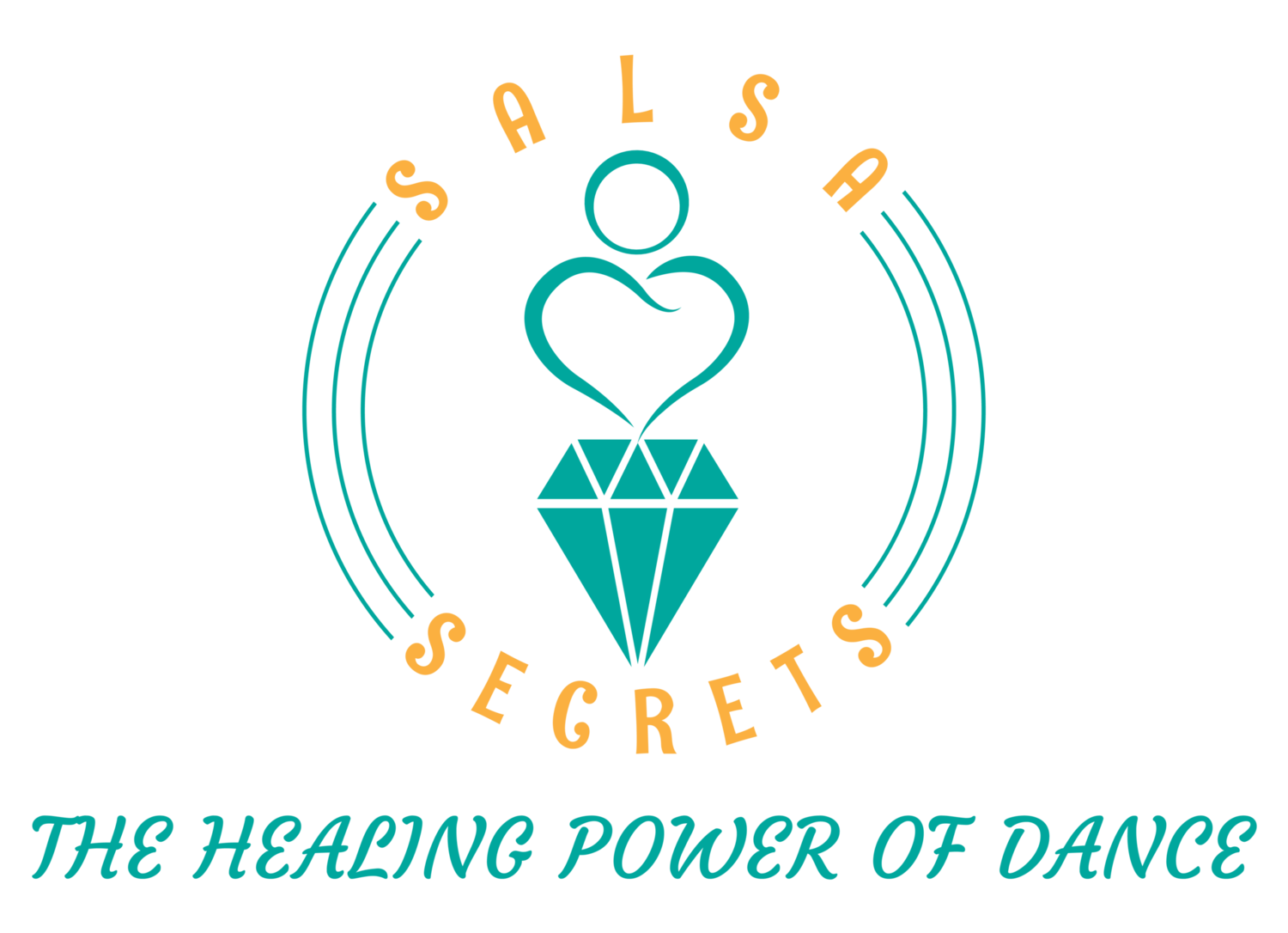Salsa dance, with its infectious rhythm and vibrant movements, is an art form that has captured the hearts of people around the world. One of the intriguing aspects of salsa is the interplay between choreographed routines and spontaneous improvisation.
Salsa Choreography: Precision and Artistry
Structured Sequences: Choreographed salsa routines involve pre-planned sequences of steps and movements. Dancers meticulously plan each move, creating a structured performance that can be practiced and refined.
Precision and Timing: Choreography allows for precise synchronization between partners. Dancers can showcase intricate footwork, elegant spins, and synchronized styling, creating a visually stunning performance.
Artistic Expression: Choreography offers a platform for artistic expression. Dancers can tell a story through their movements, conveying emotions and themes through carefully crafted routines.
Learning and Practice: Salsa choreography is an excellent way for dancers to build their skills. It requires commitment, practice, and attention to detail, helping dancers improve their technique and teamwork.
Performance Opportunities: Choreographed salsa routines are often performed on stage or in competitions. They provide a chance for dancers to shine and showcase their talent to a wider audience.
Salsa Improvisation: The Joy of Spontaneity
Freedom of Expression: Improvisation in salsa is all about spontaneity. Dancers respond to the music in the moment, allowing their bodies to express the rhythm and emotions without strict planning.
Connection and Interaction: In improvised salsa, dancers have the opportunity to engage in a dynamic conversation with their partner. They exchange energy, leading and following in real-time, creating a unique and intimate connection.
Musicality: Improvisation allows dancers to deeply connect with the music. They can interpret the nuances of the music through their movements, making each dance a one-of-a-kind experience.
Adaptability: Salsa improvisation teaches adaptability and the ability to respond to unexpected changes. Dancers learn to adjust their movements based on their partner's lead and the music's variations.
Social Dancing: Improvised salsa is often the preferred style for social dancing. It enables dancers to connect with a variety of partners and adapt to different styles and skill levels on the dance floor.
We specialize in improvisation…
In the world of salsa, improvisation exists upon choreography. Unless you are performing or taking a class, the goal of most salsa dancers is to utilize their skills and creativity socially. This means, the leader provides the structure of the dance leading the follower through patterns in the order he/she/they desire. The leader relies on their knowledge of movements and sequencing based on their level and adjusts to the follower accordingly. The follower embraces the movements through their own interpretation. Each dance is a different experience.

